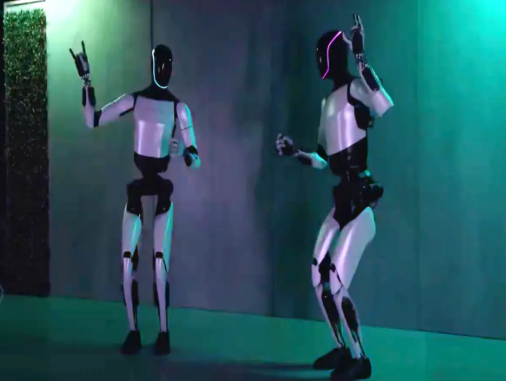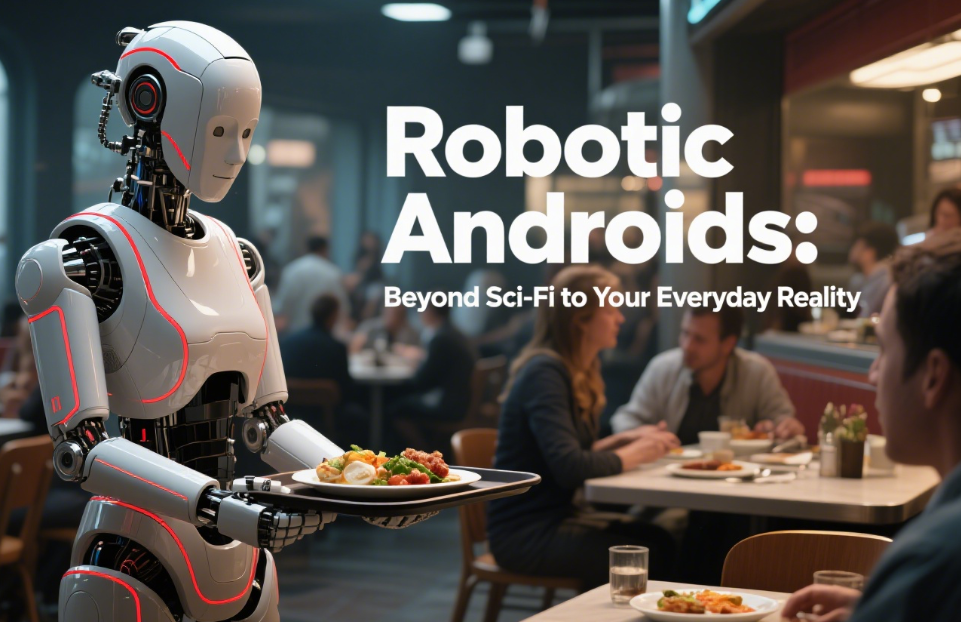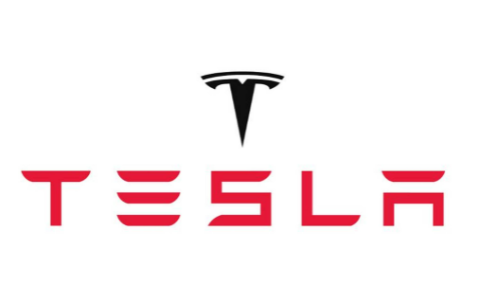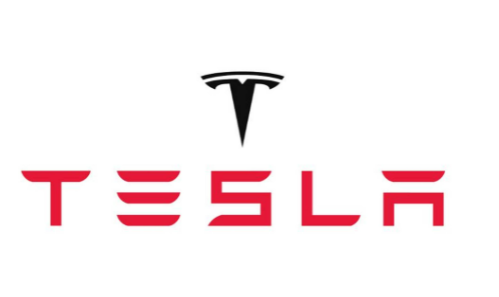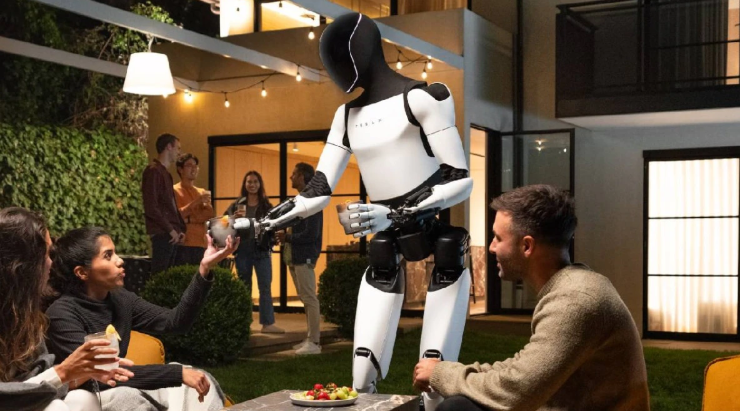
The world of artificial intelligence is evolving at a breakneck pace, and the race to develop advanced humanoid robots is heating up. Two major players, Tesla Optimus and Figure AI, are leading the charge, each with a unique approach to revolutionizing industries through robotics. This article dives deep into the competition, comparing their technologies, applications, and potential to reshape the future. Whether you're an AI enthusiast or a tech professional, understanding this rivalry offers a glimpse into the next frontier of innovation.
What Are Tesla Optimus and Figure AI?
Humanoid robots are designed to mimic human movements and behaviors, making them versatile for tasks in environments built for humans. Let’s break down the two contenders:
Tesla Optimus: Developed by Tesla, Inc., Optimus is a general-purpose humanoid robot aimed at performing repetitive, dangerous, or mundane tasks. Unveiled at Tesla’s AI Day in 2021, it leverages the company’s expertise in AI from its autonomous vehicle technology.
Figure AI: Founded by Brett Adcock, Figure AI focuses on creating autonomous humanoid robots for industries like manufacturing and logistics. Its flagship robot, Figure 01, and the newer Figure 02 aim to address labor shortages through advanced AI and partnerships with companies like BMW.
Technology and Design: A Side-by-Side Comparison
Both Tesla Optimus and Figure AI are pushing the boundaries of robotics, but their approaches differ significantly. Here’s a detailed comparison:
Tesla Optimus: Leveraging AI from Automotive Innovation
Tesla Optimus stands at 5’8” and weighs approximately 73 kg, with a carrying capacity of 20 kg and a top speed of 5 mph. Its design incorporates Tesla’s advanced AI systems, originally developed for self-driving cars, enabling real-time vision, navigation, and object recognition. The Generation 2 model, unveiled in December 2023, features improved dexterity and smoother movements, demonstrated by tasks like sorting colored blocks and even poaching an egg.
Tesla’s strength lies in its vertical integration. The company designs its own AI chips, batteries, and actuators, which could lead to cost efficiencies at scale. Elon Musk has claimed that Tesla Optimus could be priced between $20,000 and $30,000, making it potentially more affordable than competitors. However, critics note that some demonstrations have relied on teleoperation, raising questions about full autonomy.
Figure AI: Focus on General-Purpose Autonomy
Figure AI’s Figure 01 and Figure 02 robots are slightly shorter at 5’6” and weigh 60 kg, with a similar 20 kg payload capacity but a slower speed of 1.2 m/s. What sets Figure AI apart is its emphasis on autonomous learning. For example, Figure 01 learned to brew coffee after just 10 hours of training, showcasing its ability to adapt through observation. The Figure 02 model, released in 2024, boasts enhanced computing power and a 20-hour battery life, making it suitable for prolonged industrial tasks.
Brett Adcock’s vision for Figure AI is backed by a $675 million investment from industry giants like Microsoft, OpenAI, and NVIDIA, valuing the company at $2.6 billion. Its partnership with BMW to deploy robots in the Spartanburg, South Carolina factory highlights its focus on real-world industrial applications.
Meet the Robot That is Like A Human: It Thinks, Walks, and Acts Like You!
Applications and Industry Impact
Both robots aim to transform industries, but their target applications differ:
Tesla Optimus: Tesla envisions Optimus as a versatile assistant for factory work, household chores, and even personal tasks like walking dogs or serving drinks. Its integration into Tesla’s factories could streamline production, with Musk predicting thousands of units in use by 2025.
Figure AI: Figure AI targets labor-intensive industries facing shortages, such as manufacturing, warehousing, and logistics. Its BMW partnership demonstrates its potential to handle tasks like moving bins and boxes in automotive plants, with a 400% speed increase reported in 2024.
Valuations and Market Potential
The humanoid robot market is projected to reach $38 billion by 2035, driven by advancements in AI and declining component costs. Figure AI’s $2.6 billion valuation reflects strong investor confidence, while Tesla Optimus benefits from Tesla’s massive resources and manufacturing expertise. Morgan Stanley estimates that replacing just 1% of the U.S. workforce with Optimus could add $100 to Tesla’s stock value, highlighting its potential economic impact.
Challenges and Criticisms
Despite their promise, both projects face hurdles:
Tesla Optimus: Critics argue that Optimus lags behind competitors in autonomy, with early demonstrations criticized for relying on teleoperation. Experts like Chris Walti, Tesla’s former Optimus lead, have questioned the humanoid form factor for factory work, suggesting simpler designs may be more efficient.
Figure AI: While Figure AI excels in autonomous learning, its smaller scale and reliance on external partnerships could limit its production capacity compared to Tesla’s manufacturing prowess.
The Future of the Humanoid Robot Race
The competition between Tesla Optimus and Figure AI is more than a technological showdown; it’s a glimpse into a future where humanoid robots could become as ubiquitous as smartphones. Tesla’s edge lies in its AI expertise and manufacturing scale, while Figure AI’s rapid iteration and industry partnerships make it a formidable contender. As both companies refine their robots, the winner will likely be determined by who can deliver cost-effective, autonomous solutions at scale.

